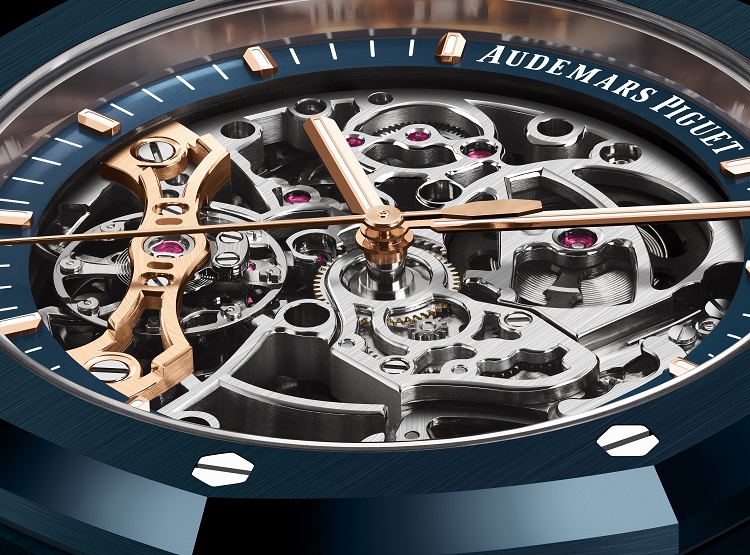Audemars Piguet reveals a new shade of ceramic evoking the sky of the Vallée de Joux
The measurement of time finds its origins in the astronomical observations that have consistently guided watchmakers in their quest for precision. Gazing at the sky, they have examined the movements of stars and the Moon for centuries, seeking to reflect them in their creations. Known for its clarity, the Vallée de Joux’s night sky has inspired generations of watchmakers since the 18th century, fostering the development of some of the world’s most prestigious complications.
Beyond the movement of celestial bodies, the shade of the region’s clear night sky has also nurtured the imagination and creativity of Audemars Piguet artisans. It was this deep blue hue that inspired Gérald Genta to replicate it for the dial of the first Royal Oak in 1972 (Model 5402). At the time, the Geneva-based dial maker Stern developed the “Bleu Nuit, Nuage 50” colour by adding black pigment n°50 to the protective varnish (called Zapon). The “cloud” effect is said to come from the chemical reaction produced by the small amount of black colour poured into the liquid lacquer. Recreating this blue colour is a complex process, as the shade varies depending on the duration and temperature of the galvanic bath. Today, “Bleu Nuit, Nuage 50” dials are obtained using a PVD (Physical Vapour Desposition) process to ensure a homogenous colour. Whether due to its complexity or the enthusiasm surrounding the first Royal Oak model, the “Bleu Nuit, Nuage 50” hue has since become as iconic as the timepiece itself.





